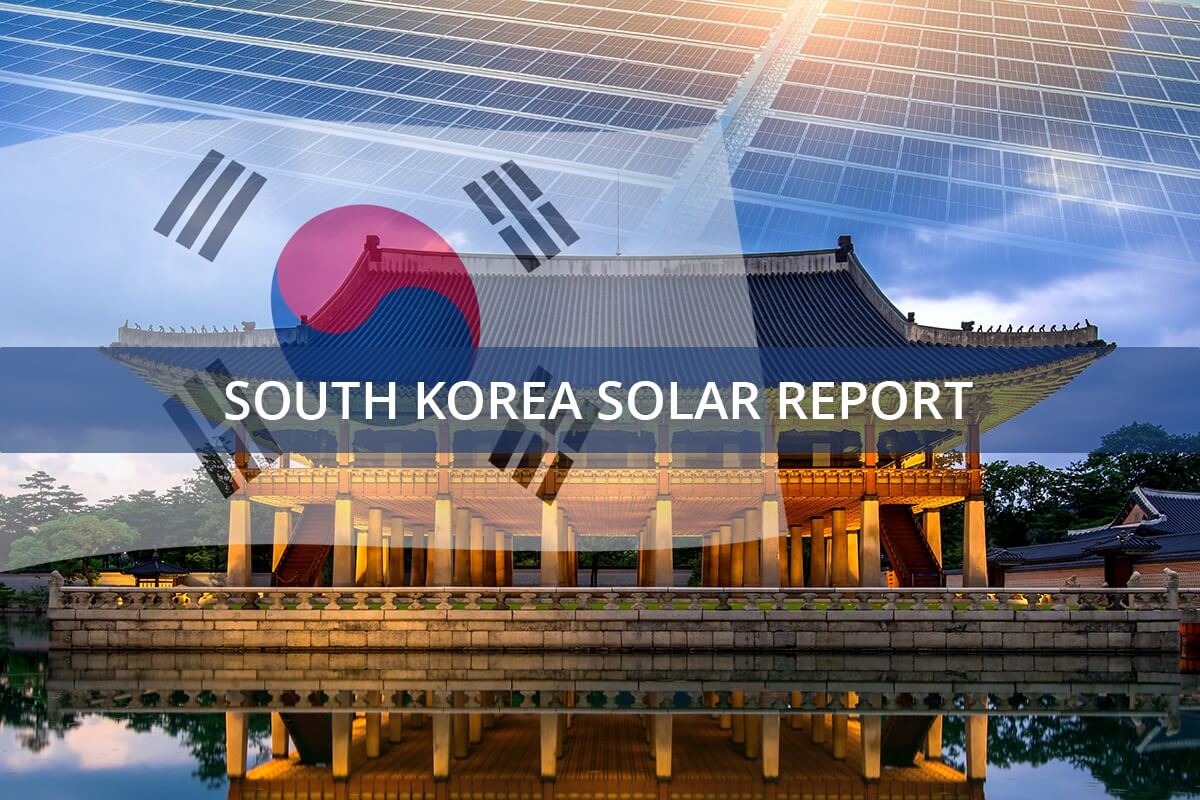South Korea’s Ministry of Trade, Industry, and Energy has announced the completion of the second Incheon converter station, a landmark project in the nation’s energy infrastructure. Located in Cheongna-dong, Seo-gu, Incheon, the new station began test operations in October and is set to commence full commercial operations in mid-November.
The new converter station is a cornerstone of the cross-linked High-Voltage Direct Current (HVDC) system that connects the electrical grids of South Korea’s west and east coasts. This project is a key part of the larger “West Coast Energy Highway,” an ambitious plan to build a 620 km undersea transmission network by 2030. It will play a critical role in balancing power supply and demand between the densely populated Seoul metropolitan area and the industrial Yeongnam region.
The construction of the second converter station, which began in December 2019, represents a five-year, 400 billion won investment. The project, overseen by the Korea Electric Power Corporation (KEPCO), was completed two months ahead of schedule and features cutting-edge technology, including the nation’s largest 500 MW HVDC transformer developed by LS Electric.
Enhancing Power Exchange and Security at Incheon converter station
The new station will double the power exchange capacity between the west and east coasts from 1.5 gigawatts (GW) to an impressive 3 GW. This increased capacity is crucial for ensuring a stable power supply during peak demand periods, especially in the Seoul metropolitan area and the Yeongnam region. HVDC technology is particularly effective for long-distance power transmission as it minimizes electricity loss compared to traditional AC systems.
Ready to make big Profits?
The solar Industry is Booming
WE HELP NEWCOMERS to the solar industry start their own solar module production line. Customers can make BIG PROFITS by selling modules and finding investors, without wasting money and time on things they don't need!
Additionally, the station will significantly improve the nation’s power system stability by allowing for the seamless exchange of surplus power between regions. This capability helps prevent power shortages and drastically reduces the risk of blackouts, creating a more resilient national grid.
The second Incheon converter station will also enhance the security of the power grid. It enables the rapid restoration of power in the event of a failure in the nuclear power plants in the Yeongnam region, which are a major source of electricity for the metropolitan area.
Integration of Renewable Energy at Incheon converter station
The new converter station will play a vital role in integrating renewable energy into the national grid, directly addressing one of the country’s biggest energy challenges. For years, South Korea’s renewable expansion has been hampered by grid connection delays, leading to wasted solar power. This infrastructure upgrade is a direct solution to these grid bottlenecks.
South Korea is actively developing large-scale renewable energy sources, including offshore wind farms and numerous new solar farms in South Korea, particularly in the Jeollanam-do region and along the south coast. The expanded HVDC capacity will enable the efficient transmission of this clean energy from these generation hubs to the metropolitan area, where demand is highest. This supports the nation’s efforts to increase the share of renewables in its energy mix and reduce its reliance on fossil fuels. This progress is part of a broader trend covered in South Korea Solar News.
The Ministry of Trade, Industry, and Energy highlighted the importance of the new converter station in achieving the goals outlined in the 11th Basic Plan for Electricity Supply and Demand. The plan aims to enhance the stability and efficiency of the national power system while promoting the use of renewable energy. This push is supported by a robust domestic industry, detailed in the South Korea Solar Panel Manufacturing Report, and demonstrates the country’s technological leadership, which it also exports through projects like the Tajikistan solar partnership.
The completion of the second Incheon converter station marks a significant step forward in South Korea’s energy infrastructure development. The new station will strengthen the national power grid, improve energy security, and unlock the full potential of renewable energy sources. As South Korea continues to invest in its energy infrastructure, the nation is well-positioned to meet its future energy needs and achieve its sustainability goals.
To learn more about the technologies driving the global solar revolution, you can sign up for our Free E-Course on solar panel manufacturing.

